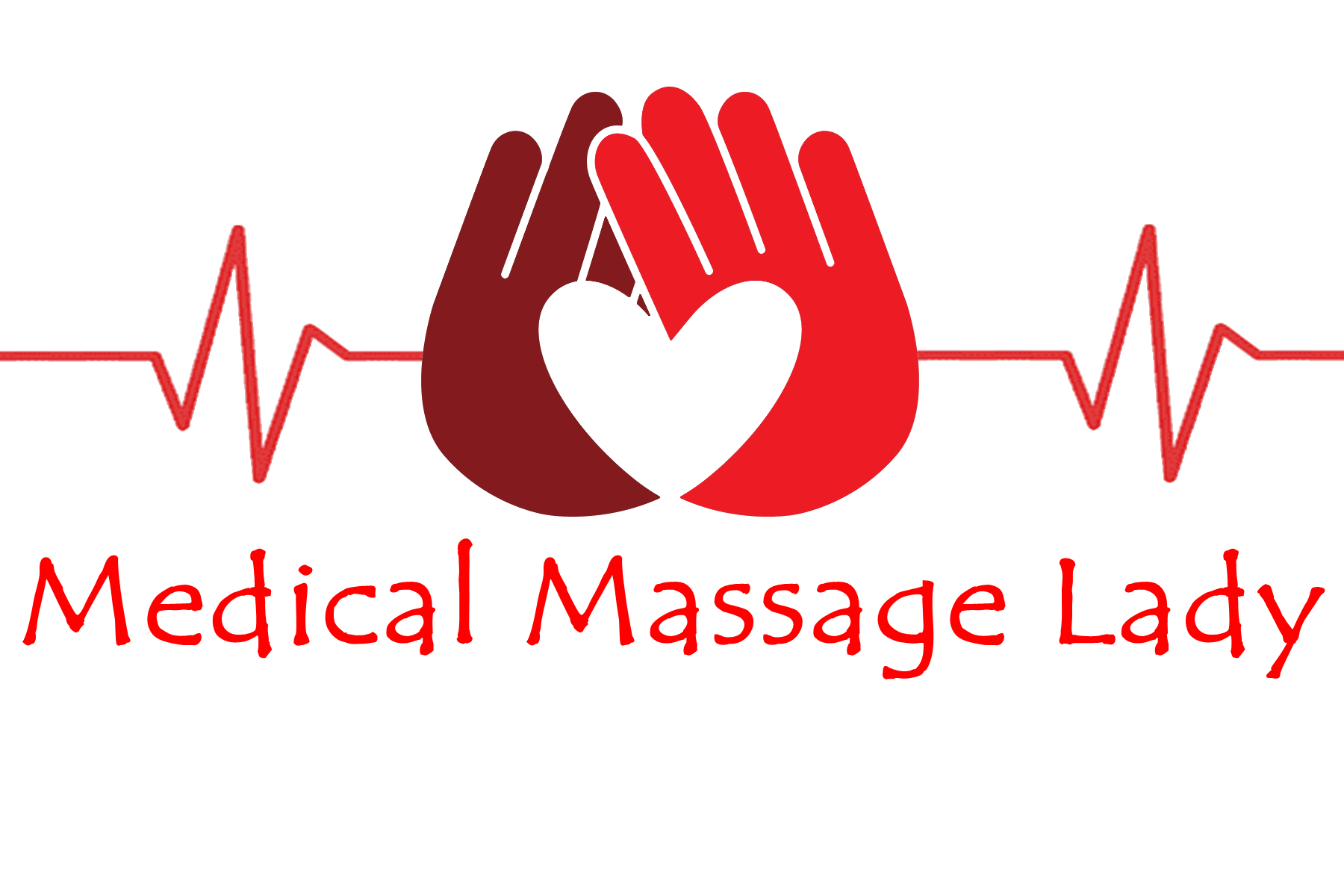- 07736 104738
- sam@medicalmassagelady.com
- Mon - Sat, 8:00 - 18:30
Diminishing hormone levels can lead to a variety of symptoms and there are effective treatment options available, including massage. Symptoms include:-
• Hot Flashes - sudden sensation of feverish heat through the body particularly on the face, affecting approximately 50% of menopausal women
• Irregular Periods – due to levels of oestrogen and progesterone becomes unbalanced.
• Fatigue - feeling tired-all-the time making simple tasks difficult and impacting on productivity and mood
• Memory Loss - oestrogen and progesterone are both believed to play a role in memory, therefore decreasing levels may contribute to memory lapses.
• Night Sweats - associated with hot flashes during the night, they can be disruptive to the sleep cycle
• Loss of Libido - disinterest in sex can occur due to fluctuating hormone levels which can cause pain associated with vaginal dryness and depression which can also affect sexual health.
• Vaginal Dryness - due to the decline of oestrogen levels which cause the natural moisture of the vagina to diminish leaving many women in pain during sexual intercourse.
• Mood Swings - fluctuating hormone levels can affect neurotransmitters in the brain such as serotonin, which regulates feelings of calm and the pain-pleasure centres of the brain. Imbalance of neurotransmitters can cause erratic mood swings, such as anger to sadness or extreme happiness to hysterical crying.
• Panic Disorder - debilitating emotional episodes with feelings of dread, rapid heartbeat and shallow breathing
• Urinary Tract Infection - changes in the vaginal bacteria due to low oestrogen levels can cause frequent urinary tract infections.
• Bloating – fluctuating oestrogen levels may cause water retention resulting in feelings of extreme fullness, tightness or a swelling of the belly.
• Hair Loss due to low levels of oestrogen which is needed to keep hair follicles healthy
• Sleep Disorders – eg. insomnia, sleep-disordered breathing, night sweats due to changing hormone levels and emotional stress of the transition. Low levels of progesterone have also been linked to sleeping problems.
• Dizziness – may last only a few minutes or become extended and frequent increasing the risk of falling • Weight Gain – decreased oestradiol not only affects the metabolism, making it difficult to lose weight, but can also diminish muscle and lean body mass, causing fat to redistribute, often collecting in the abdomen
• Incontinence – due to thinning of the urethral walls as a result of low oestrogen
• Headaches – due to reduced production of oestrogen
• Burning Tongue – burning sensation on tongue, lips and gums and metallic taste in mouth
• Digestive Problems - oestrogen helps keep cortisol levels low, so low levels of oestrogen = high levels of cortisol which can slow digestion, cause bloating, constipation and abdominal pain and discomfort.
• Muscle Tension - strained muscles in the neck, back and shoulders,
• Allergies- hormonal fluctuations can impact on the immune system, which can cause increased sensitivity to allergens, rashes, itchy eyes and sneezing.
• Brittle Nails - low levels of oestrogen can cause nails to become brittle and dry.
• Body Odour Change - low oestrogen levels sends false messages to the hypothalamus that the body is hot and therefore increases sweat production to initiate cooling.
• Itchy Skin - When oestrogen levels drop, collagen production slows down, leading to thin, dry, itchy skin all over the body
• Osteoporosis - oestrogen helps to maintain bone density, so when oestrogen levels drop there is an increased risk of weakening of the bone, and decrease in bone density.
• Tingling Extremities
• Difficulty Concentrating – due to poor sleep, mood swings and decreasing levels of oestrogen and progesterone, which affect memory
• Irregular Heartbeat – due to overstimulation of the nervous and circulatory systems caused by lower oestrogen
• Anxiety – drop in oestrogen levels causes a drop in serotonin and dopamine production which are mood regulators and increases cortisol release which causes stress
• Depression – low levels of progesterone and oestrogen can result in feelings of sadness that may evolve into depression due to reduced production of serotonin and dopamine
• Breast Pain – due to fluctuating hormones
• Joint Pain - oestrogen helps manage inflammation levels throughout the body so low levels may cause aching/tingling in the fingers, tightness in the hips, soreness in the knees or swelling of various joints, which can lead to arthritis. Diminishing bone density may also contribute to joint pain and soreness
• Electric Shock Sensation - fluctuating oestrogen levels can cause an electric shock sensation
The primary cause of most of these symptoms is fluctuating levels of oestrogen and progesterone, which can be treated with hormone therapy, but fitness programmes and nutritional guidance can also bring relief from menopausal symptoms. Massage can be used alongside these remedies. If menopause causes you anxiety, irritability, and fatigue, one of the greatest benefits of massage is relaxation. It is also an opportunity to get back in touch with your body and cultivate a positive body image if you feel stress about your changing body. Improved circulation and lymphatic flow, which can help relieve headaches, leg cramps, muscle and joint pain, and muscle tension. Lower back and abdomen massage can be particularly helpful for relaxing tension and simulating circulation around the reproductive organs.
Different types of massage can meet each individuals needs, for example, an aromatherapy massage can use oils to help promote hormone balance. Deep tissue massage may work best for you if you have a lot of tension or pain and lymphatic drainage massage can be a good if you feel bloated or have swollen joints.




